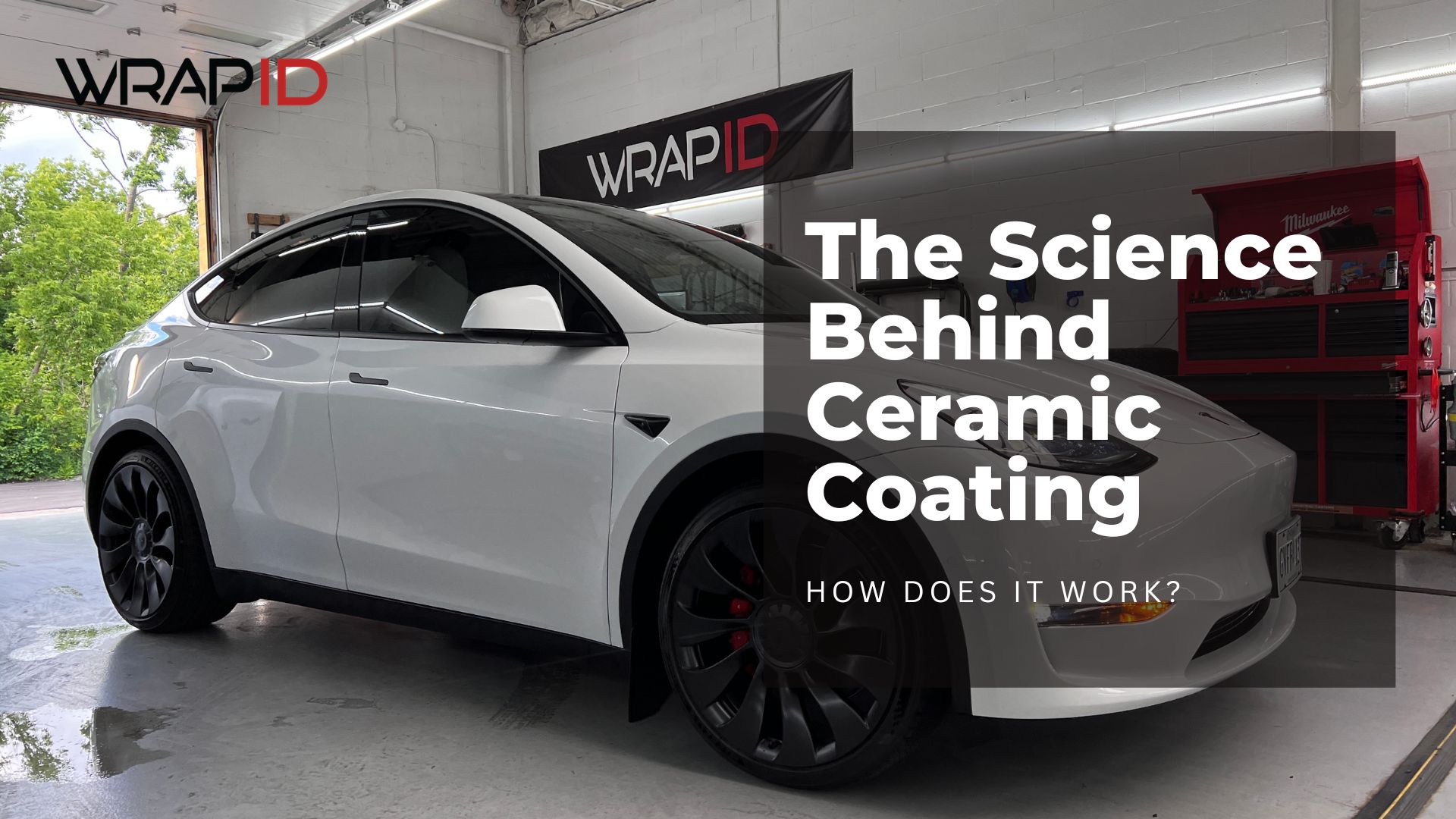
Ceramic coating has gained immense popularity among car enthusiasts and owners alike. This advanced protective layer promises long-lasting shine, enhanced durability, and resistance to various environmental contaminants. In this article, we will delve into the science behind ceramic coating, exploring how it works to provide exceptional protection for your vehicle’s paintwork.
Understanding Ceramic Coating: Ceramic coating is a liquid polymer that is applied to the exterior surfaces of a vehicle, forming a transparent layer of protection. The primary ingredient in ceramic coatings is SiO2 (silicon dioxide), which is known for its exceptional hardness and resistance to heat. When applied correctly, the coating chemically bonds with the paint, creating a semi-permanent layer that can last for several years.
Nanotechnology at Play: The key to the effectiveness of ceramic coatings lies in nanotechnology. Ceramic coatings contain nanoparticles that are incredibly small—typically measuring less than 100 nanometers. These nanoparticles fill in the microscopic pores and imperfections in the paint, creating an ultra-smooth and hydrophobic surface.
Hydrophobic Properties: One of the remarkable features of ceramic coatings is their hydrophobic nature. The nanoparticles align and bond to the paint surface, creating a slick and smooth coating that repels water and other liquids. As a result, water beads up and rolls off the surface, preventing it from sticking and reducing the chances of water spots or stains.
Enhanced Protection: Ceramic coatings offer superior protection against various environmental contaminants. The hard and durable nature of the coating acts as a barrier against UV rays, oxidation, bird droppings, insect residue, road grime, and chemical stains. It also provides resistance to light scratches and swirl marks, helping to preserve the pristine appearance of your vehicle.
Heat Resistance: Another advantage of ceramic coatings is their ability to withstand high temperatures. The coating forms a protective layer that can resist heat up to a certain threshold, shielding the paint from potential damage caused by intense sunlight, hot exhaust pipes, or engine heat.
Application Process: The application of ceramic coating requires proper preparation and technique. Before applying the coating, the vehicle’s paint must be thoroughly cleaned, polished, and free of any contaminants. Once the surface is ready, the ceramic coating is applied using a soft applicator pad or microfiber cloth, ensuring an even and uniform layer. The coating then needs to cure, which typically takes several hours or even days, depending on the product.
Ceramic coating provides a robust layer of protection that goes beyond the capabilities of traditional wax or sealants. By harnessing the power of nanotechnology and its hydrophobic properties, ceramic coatings offer long-lasting shine, durability, and resistance to environmental elements. Invest in ceramic coating to give your vehicle the ultimate safeguard and a lasting, pristine appearance.